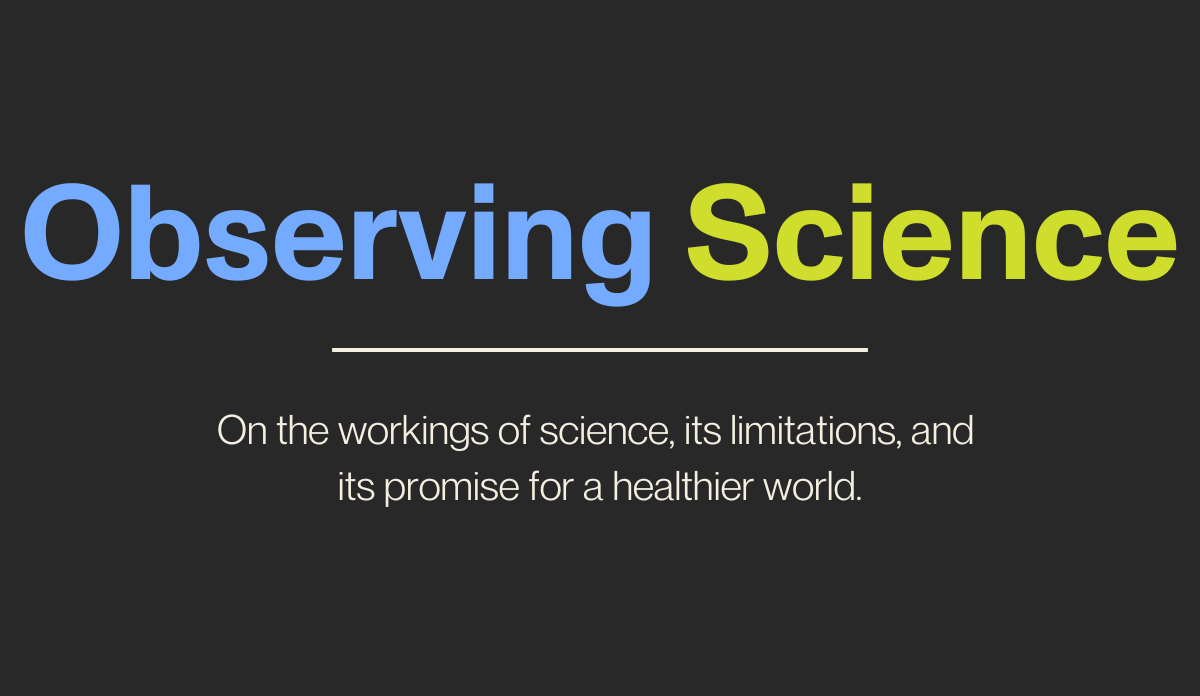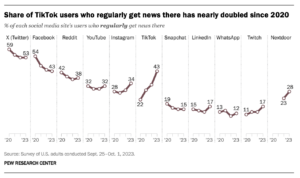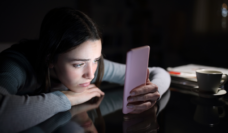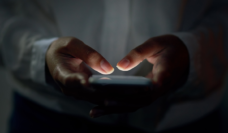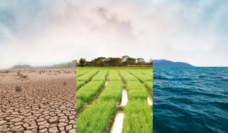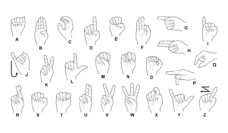Not so long ago, communicating ideas to the general public required access to a newspaper with wide circulation or to a broadcast studio. Now, anyone with an internet connection can, at least theoretically, reach massive numbers of people through a variety of digital communication platforms.
Social media has exploded as a form of information exchange. Facebook had 2.4 billion users in 2019 and 79% of adults in the U.S. use social media. This is also, of course, generationally patterned. About a third of Americans under 30 now get their news from TikTok and fewer than half from television.
We have come to take these numbers for granted, but it bears remembering that as recently as 2005, about 20 years ago, only 5% of adults used social media. It took 89 years for 150M people to be able to communicate by telephone; it has taken less than a year for the same to happen through TikTok. These cultural changes present challenges for the translation and communication of science.
Stories that appeared in newspapers or on TV were put together by editors who sought input from many sources to produce—at least from their perspective—a balanced story. There was space for context, time to describe the novelty or importance of the latest work. There was journalistic dependence on expertise and confidence that scientists were acting in the public’s best interest.
But that is quite different than a world where anyone can synthesize a scientific finding on X that then takes on a life of its own. One need to look no further than the extraordinary rise of personalized dietary advice—most of it having little or no robust science behind it—fueled by social media, to witness how new forms of communication threaten to miscommunicate science.
The spread of information has been democratized, for better and worse, and clearly there is no going back. This calls for scientists to lean in, embrace the new world of communication, and identify how better to leverage these far-reaching platforms. This means nurturing scientists who are effective communicators as part of these new online communities, and inviting into the scientific conversation those who communicate through new media, much as we have done with mass media journalists in the past.
In terms of what we communicate, the rapid metabolism of new media means that as we become more confident communicating the process of science, we must also inevitably become more comfortable with communicating uncertainty. We have long been fearful that communicating the back and forth of science will diminish our standing, that people will not trust us changing our mind. But science itself has shown that people can indeed handle uncertainty, when communicated forthrightly, and where we are honest about what we know and do not know.
During the COVID-19 pandemic, reasonable shifts in scientific understanding—when not communicated as such—came to be seen as shortcomings that chipped away at trust in science. And people without high trust in science are less likely to pursue behaviors in line with expert guidance, such as getting vaccinated.
The work of science—of observing and experimenting, discipline and repetition—centers on patience, a quality almost at odds with the rapid presentation of TikTok. Yet scientists feel a special responsibility toward each other and toward the public when we report our findings, a kind of morality linked to older virtues of austerity, sobriety, and intellectual complexity.
For the new generation of scientists, more comfortable with newer technologies, the question remains: What are the best ways and what are the wrong ways to report scientific results? This is worthy of scientific inquiry itself.
Sign up for Observing Science
A weekly newsletter on science and creating a healthier world









